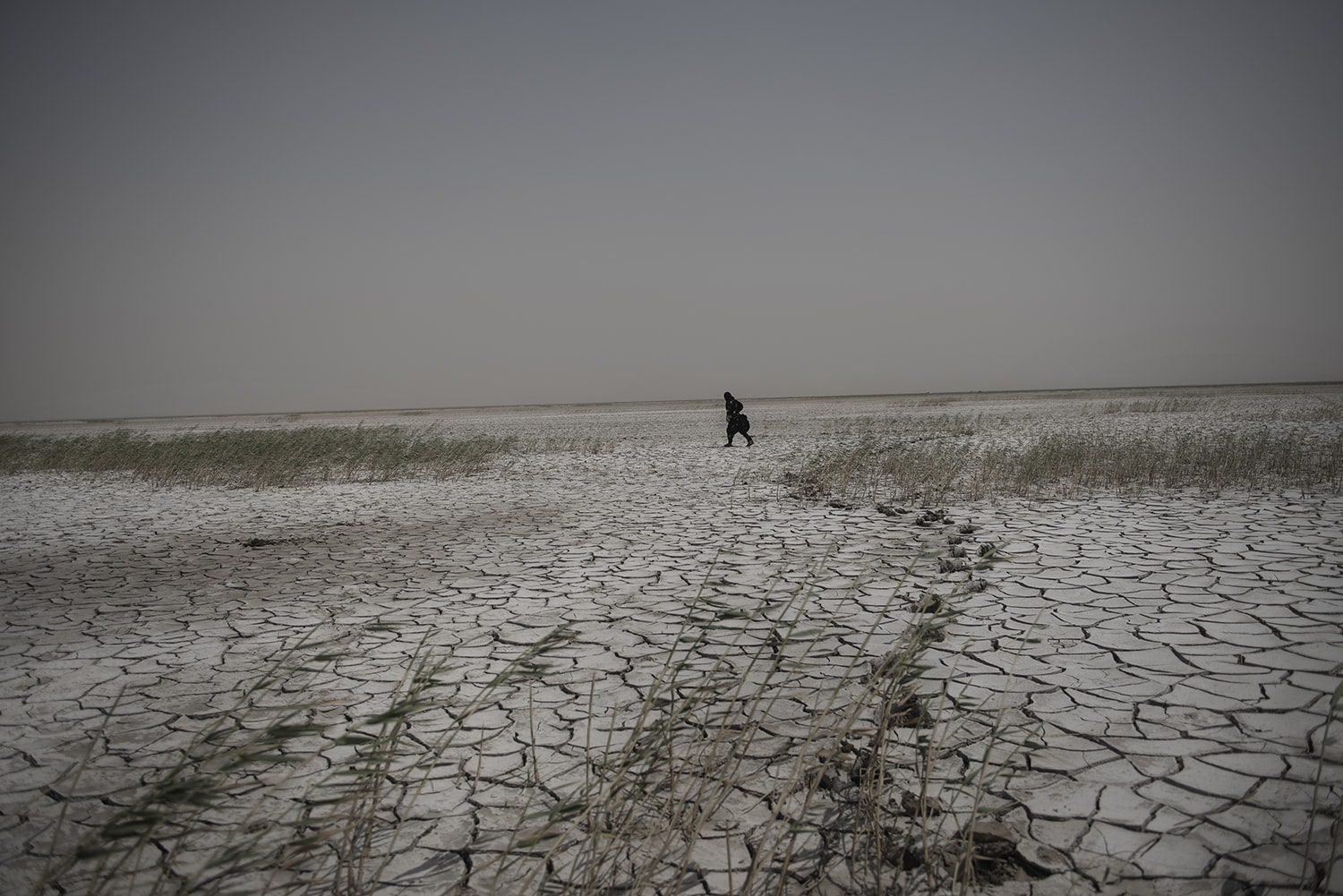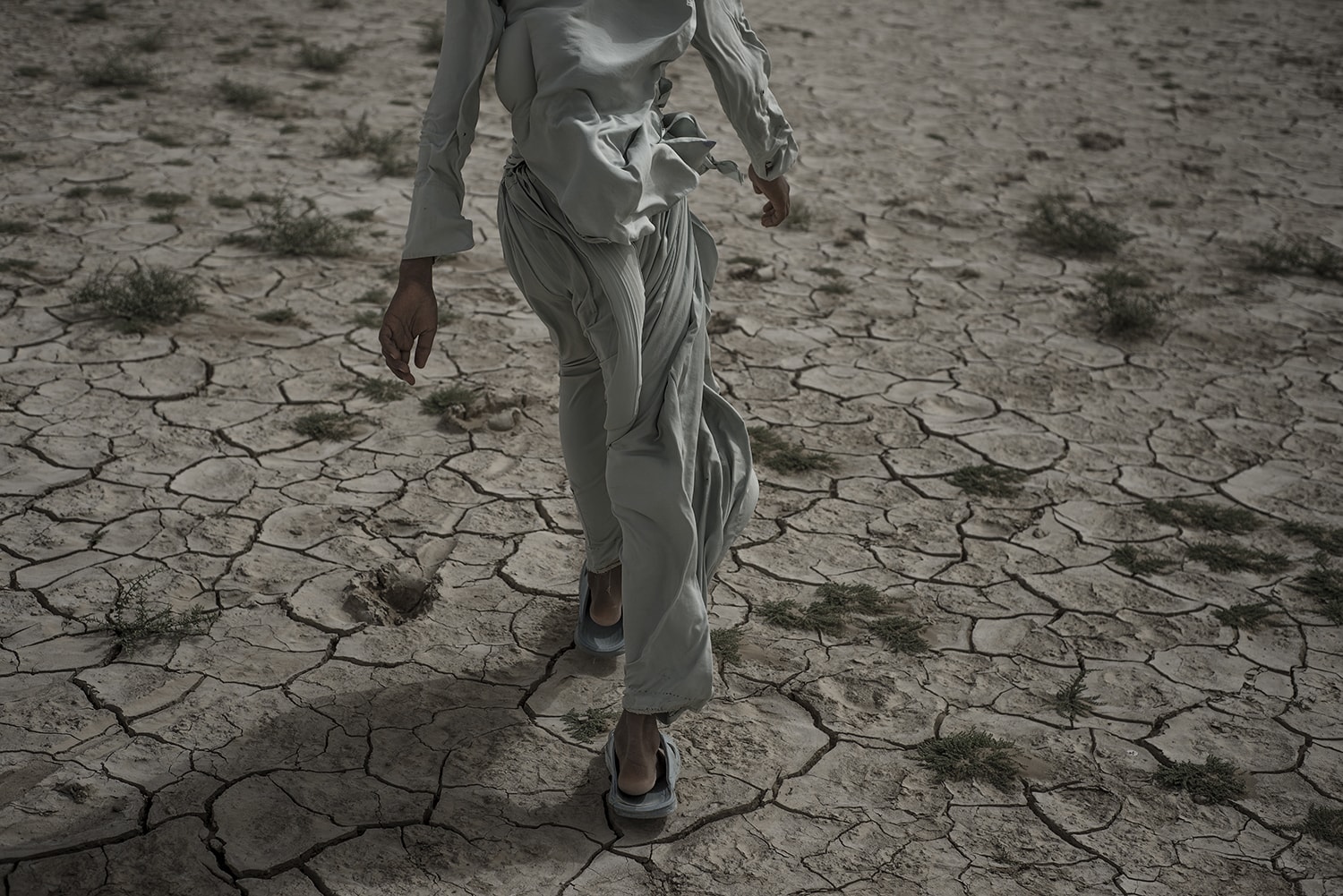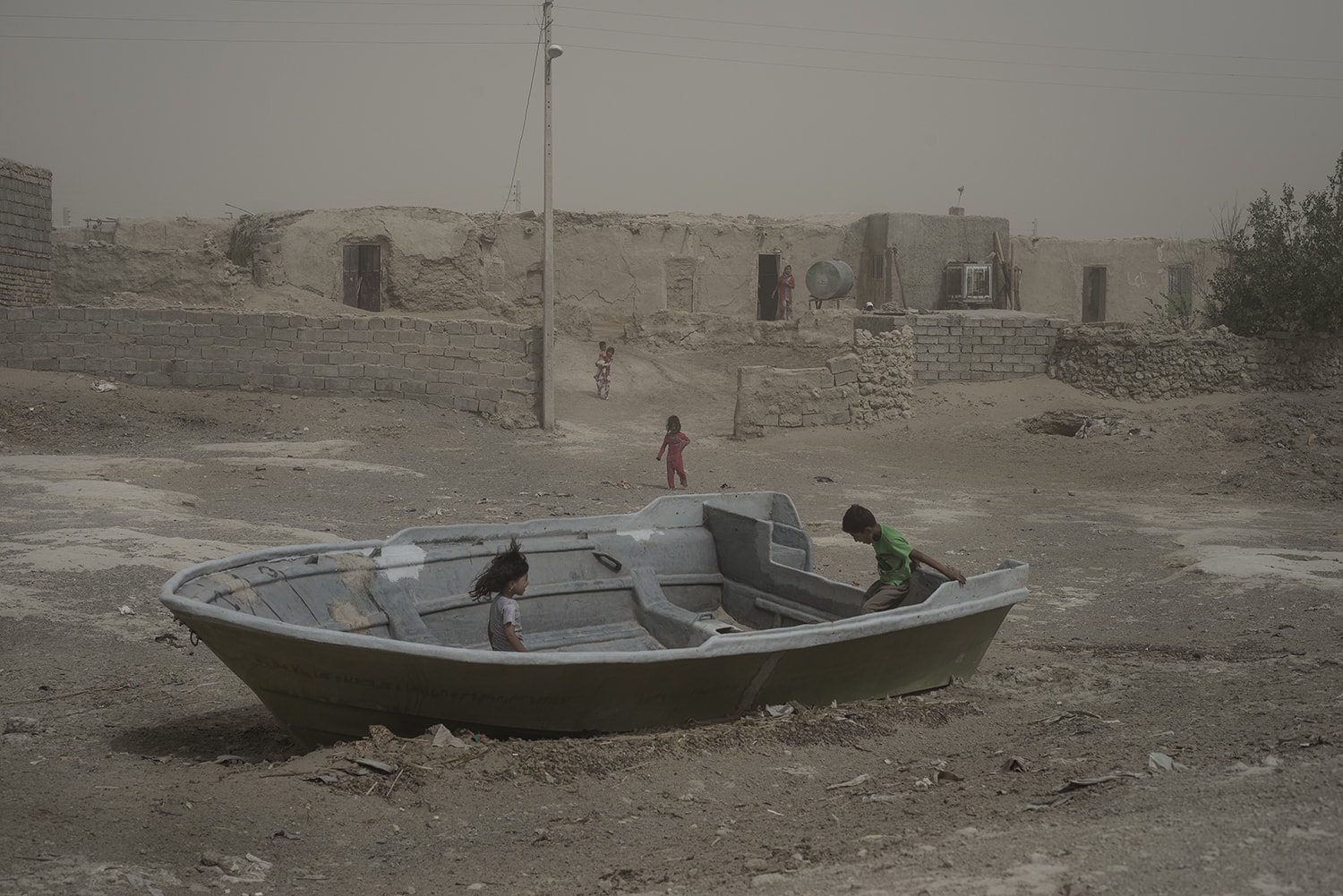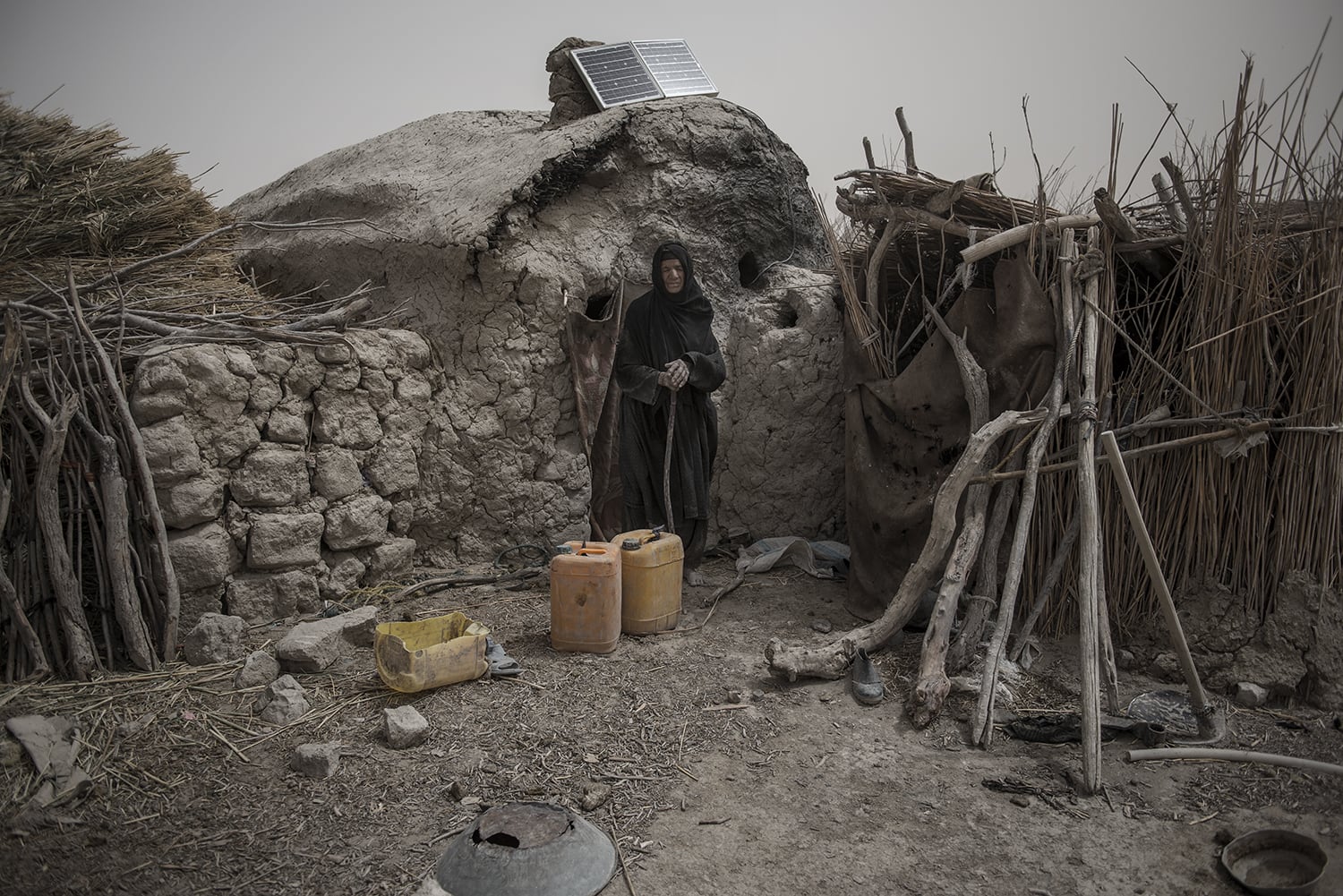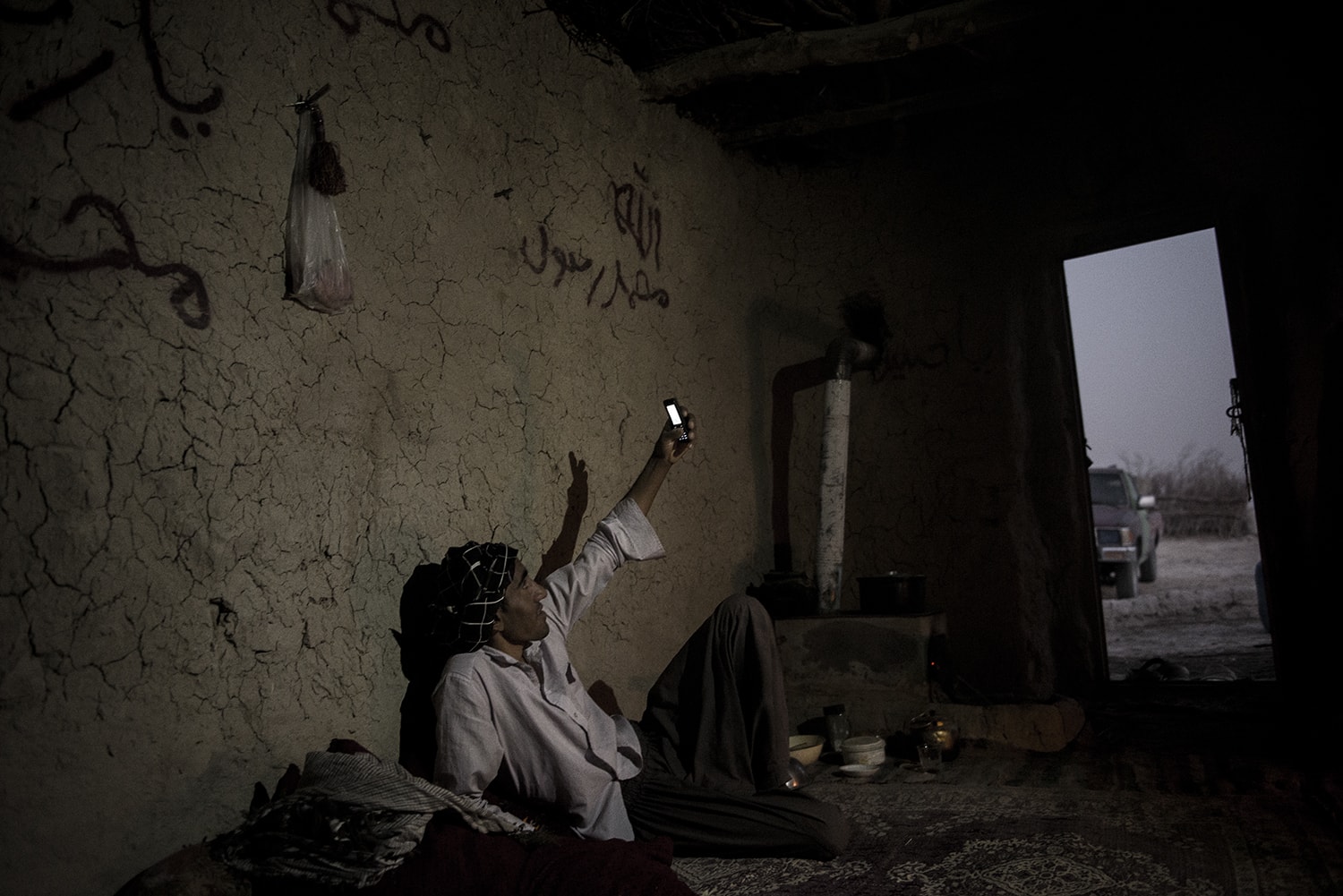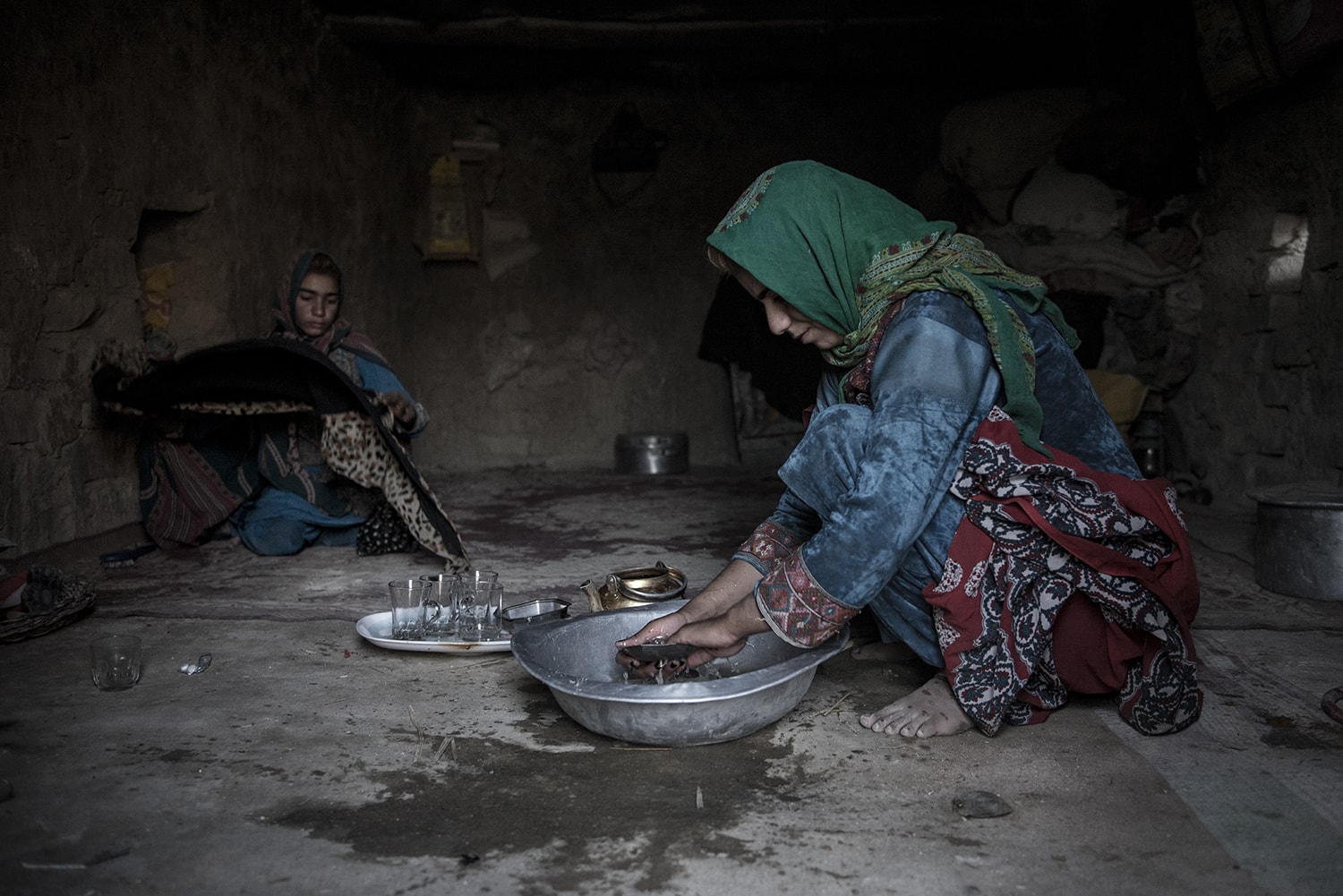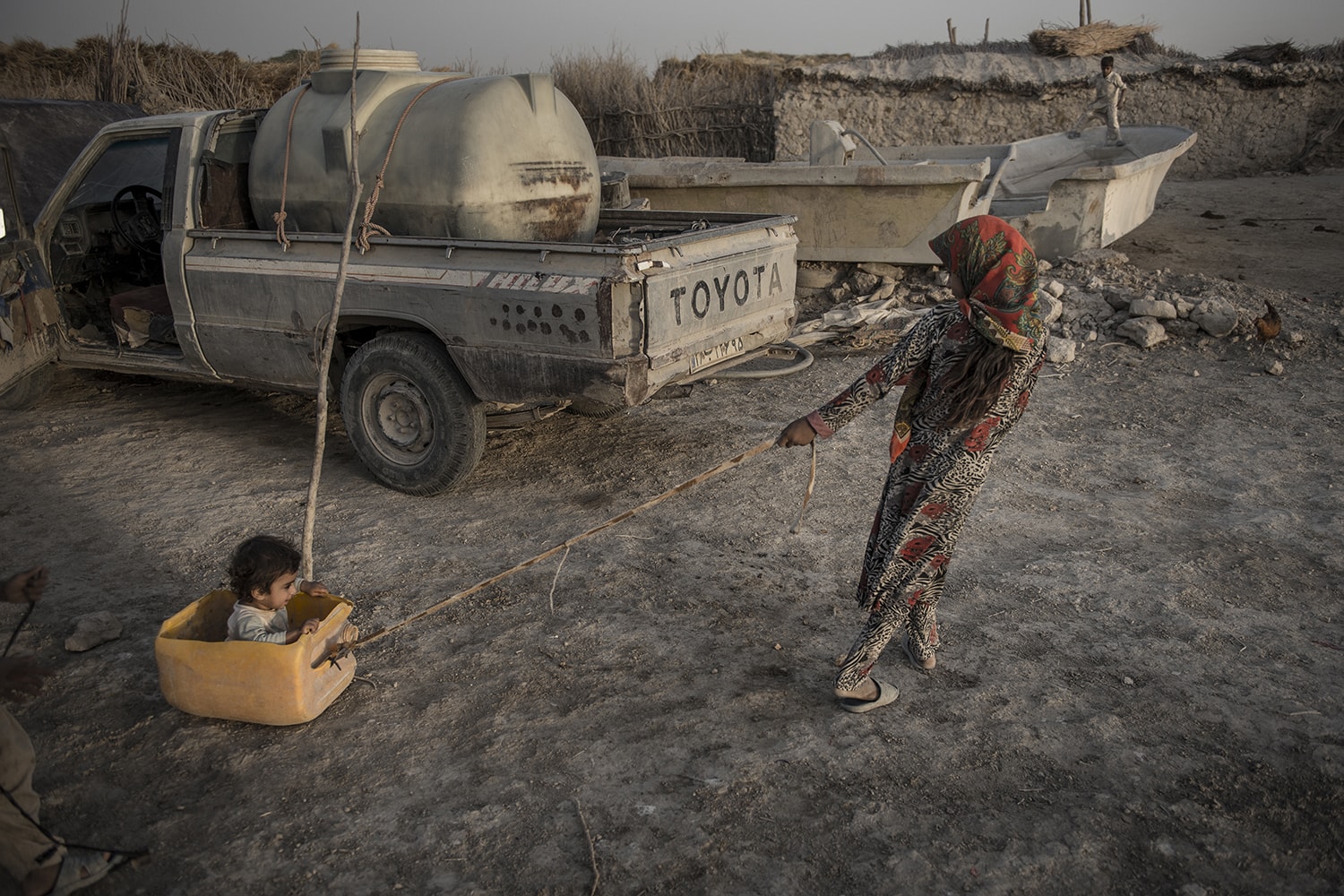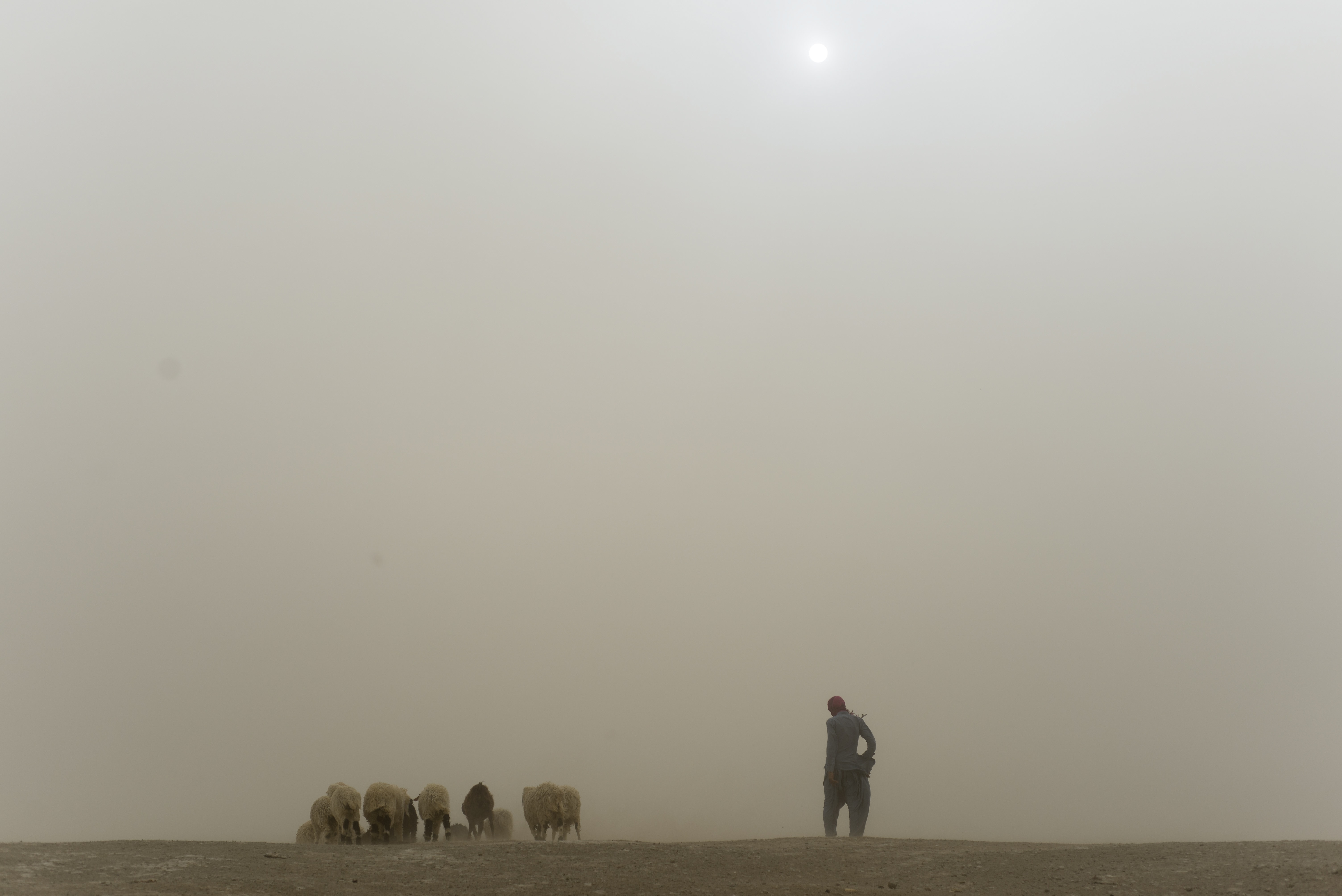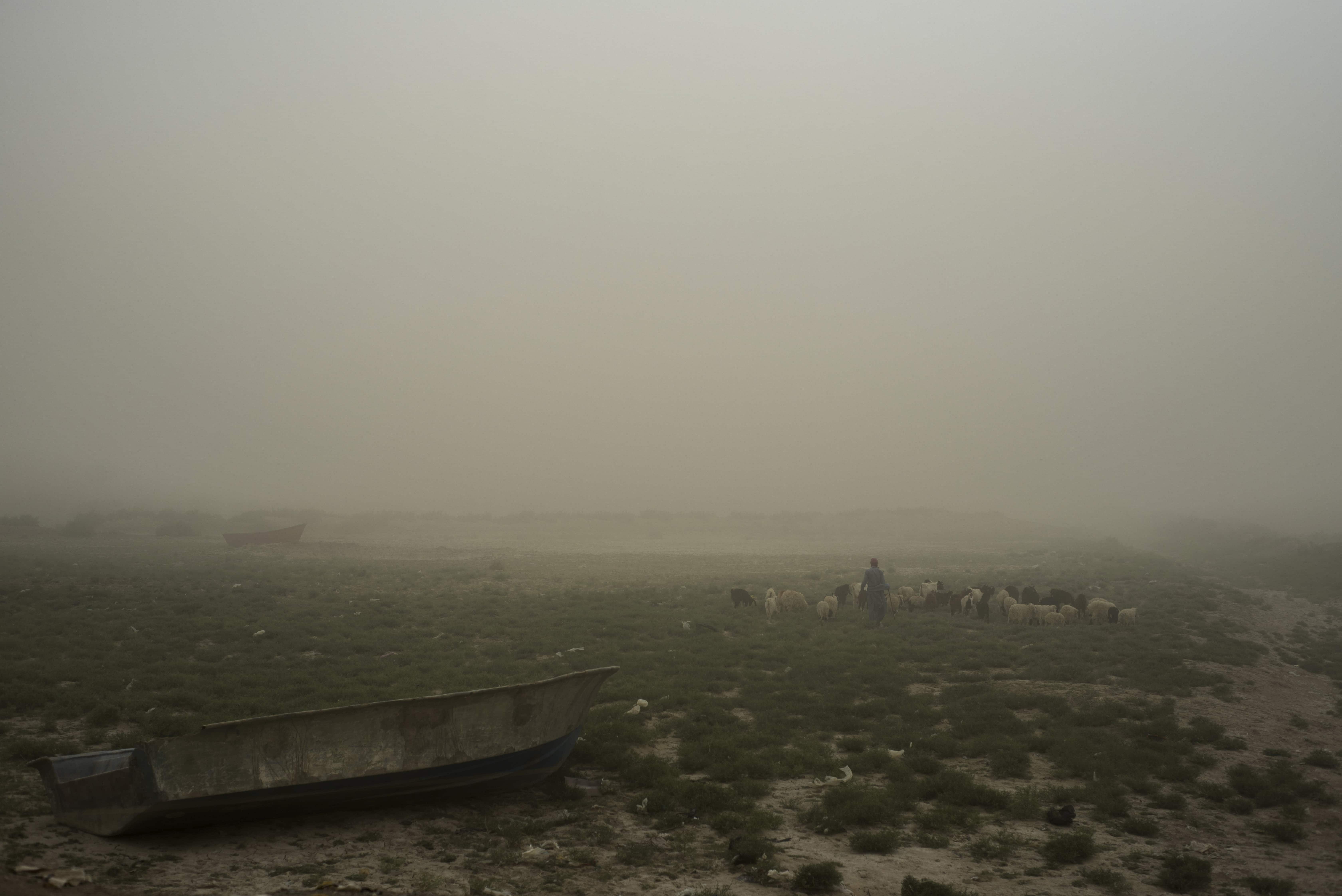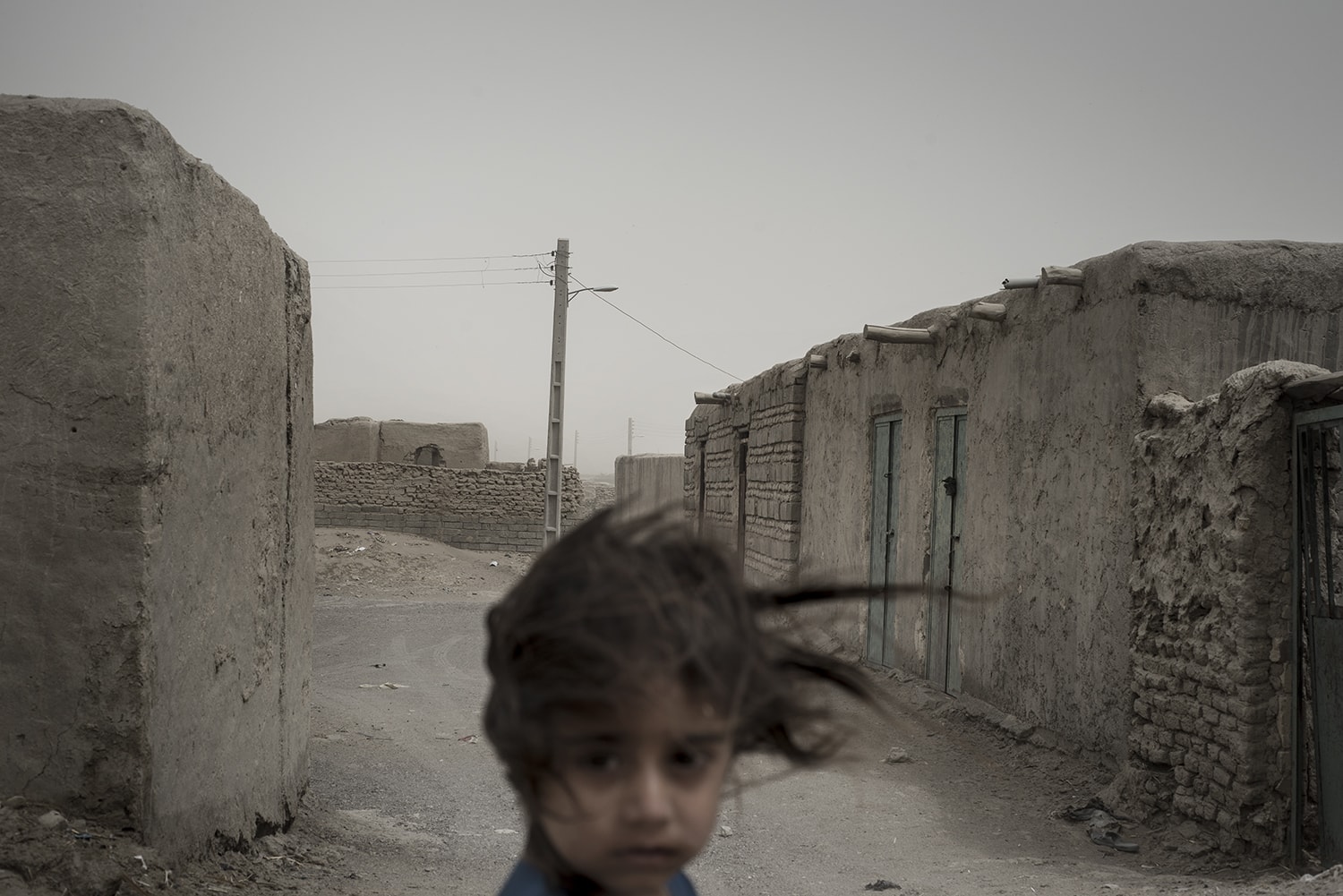Project Location | Middle East, Iran, Sistan and Baluchistan
Production Date | 2018-11-18
It was unbelievable for me to see how these people have lost all their belongings through generations over less than 20 years and have changed to be depressed and demotivated. Hamoon Lake and wetlands, which holds the seventh international rank in the world has an area of 5660 square kilometers, is Iran’s third biggest lake (about 3820 square kilometers) and most of it is in Sistan and Baluchistan province. Hirmand river, which is originated from Hendokosh mountains in Afghanistan, is the main water route and Hamoon survival as well as its residents depend on this river. This dependence has caused some problems for the whole system due to any fluctuation in water level. The main reason of Hamoon Lake drought is that new government of Afghanistan intentionally preventing the entrance of Hirmand River into Iran.
This has caused interference in the life of four hundred thousand Sistani and Baluch in more than one hundred forty thousand hectors of eastern lands of Iran. The consequence of drought is large number of internal migrations from this land, and poverty and insecurity by drug smugglers and terrorists’ active gangs which using this dry river for easier commute.


